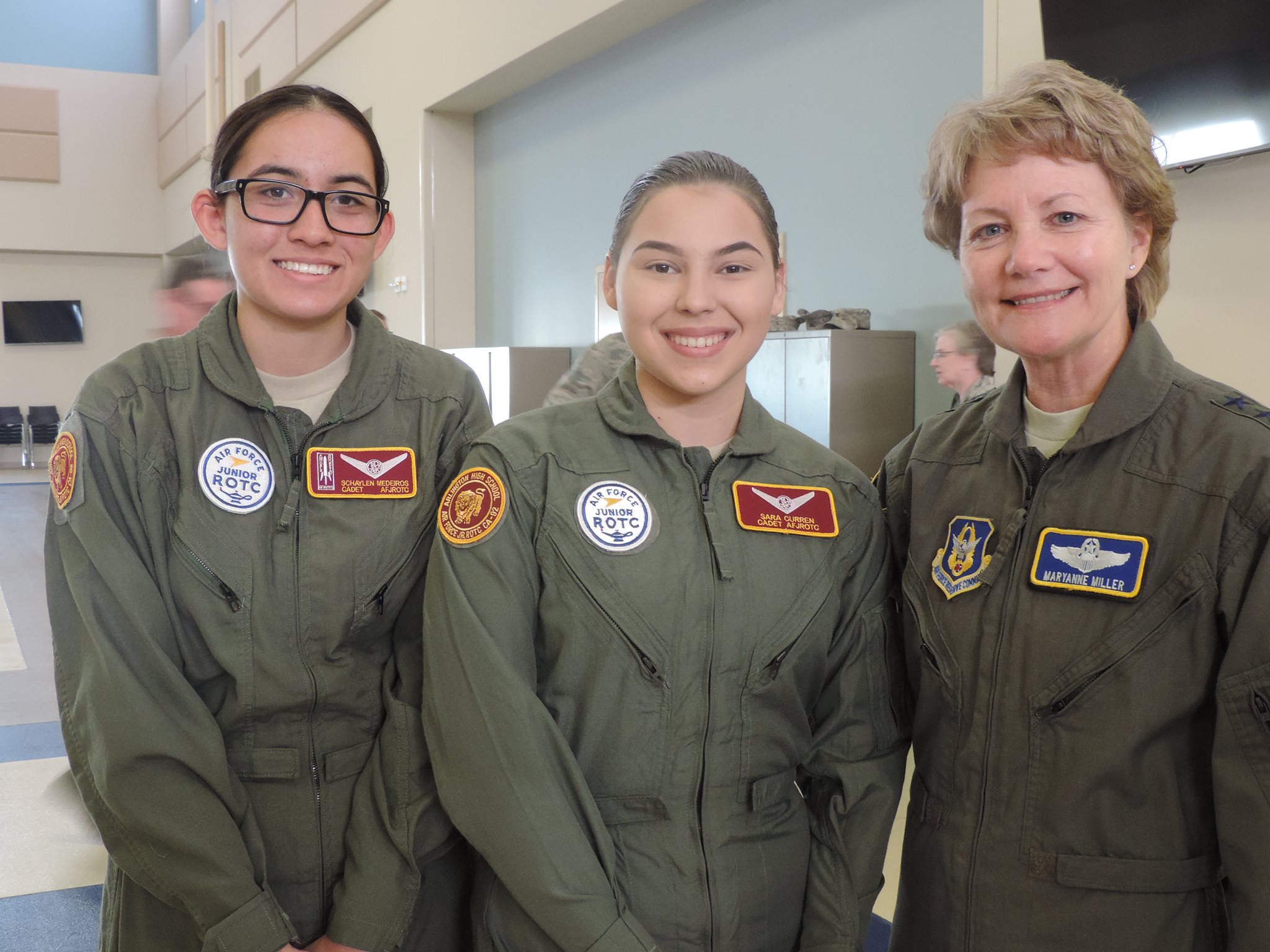New program aims to increase access to computer science for JROTC students
May 5, 2020
Nearly 70 percent of the more than 500,000 high school students who participate in Junior Reserve Officer Training Corps (JROTC) programs across the United States don’t have access to advanced placement computer science classes but a new public-private partnership that includes Mississippi State University is working to bridge that gap.
Mississippi State’s Department of Computer Science & Engineering has joined with computing non-profit CSforAll, Air Force Junior ROTC Headquarters, and a dozen other companies and organizations to launch JROTC-CS, a new program aimed at creating a scalable educational model for increasing computing education at the high school level. Mississippi State is the only university currently involved in the program.
In its initial phase, JROTC-CS will reach more than 400 Air Force Junior ROTC cadets at 30 schools across 16 states. The program will consist of activities and mentoring spread across each cadet’s four years of high school, including participation in CyberPatriot, an advanced placement class in computer science principles, a summer Cyber Academy, and links to cybersecurity professionals during the senior year through internships and other touchpoints.
Additionally, participating schools will receive capacity building training and professional development for both teachers and Junior ROTC instructors.
“The idea for this program was sparked at the kickoff meeting for the Mississippi Alliance for Women in Computing project,” said Sarah Lee, assistant department head and associate clinical professor in the department of computer science and engineering within Mississippi State’s Bagley College of Engineering. “There was a discussion about how to increase access to computer science and cybersecurity classes in high schools and someone mentioned the number of students who participate in JROTC programs nationwide.”
Approximately 545,000 students participate in JROTC programs nationwide. More than half of JROTC cadets are minority students and 40 percent are female.
“Junior ROTC cadets represent a highly-diverse pool of public service-oriented students,” Lee added. “It’s a program that brings a cohort together from freshman to senior year, often at Title 1 high schools. Those students represent a significant pool of untapped tech talent. We’re starting the program with Air Force JROTC cadets, but plan to include JROTC cadets from other military branches as the program grows.”
Under the program’s initial rollout, it is anticipated that nearly 60,000 high school students will benefit from increased access to computer science and cybersecurity classes. And, at scale, the project has the potential to engage more than 500,000 high school students.
Working with Mississippi State University and the U.S. Air Force Junior ROTC Headquarters, CSforALL is providing leadership for the project with additional Consortium Members including: Air Force Association’s CyberPatriot, Capital One, Google, Intel Corporation, Lockheed Martin, Microsoft, the National Initiative for Cybersecurity Education (NICE), the National Integrated Cyber Education Research Center (NICERC), SANS Institute, Snap Inc., and The College Board.
More information on the consortium and pilot project is available on the CSforAll website.
The Bagley College of Engineering is online at www.bagley.msstate.edu and can be found on Facebook, Twitter, Instagram and YouTube at @msuengineering.
Mississippi State University is Mississippi’s leading university, available online at www.msstate.edu.
By Philip Allison
Category: Announcement, CSE, News, Newsroom, Outreach, Research

